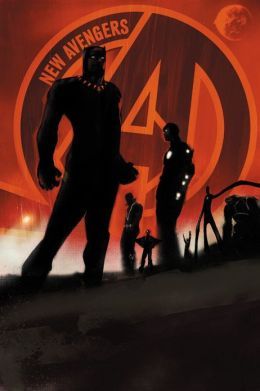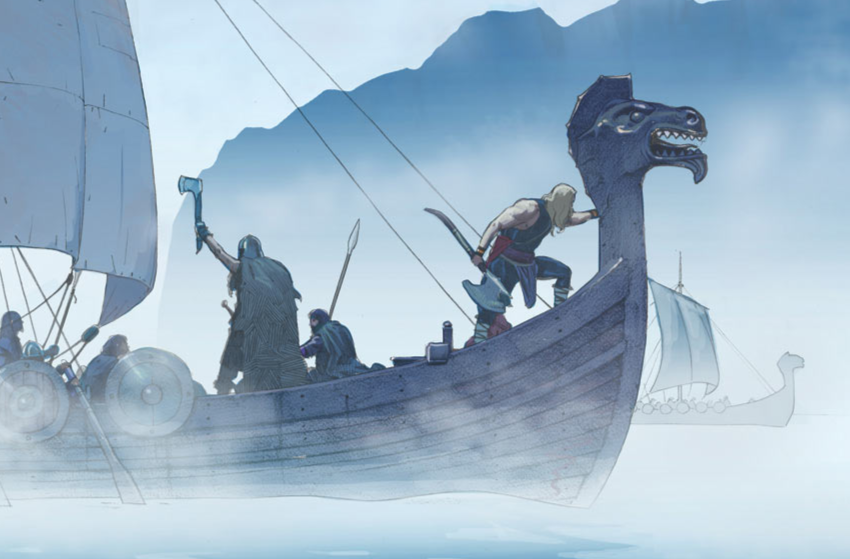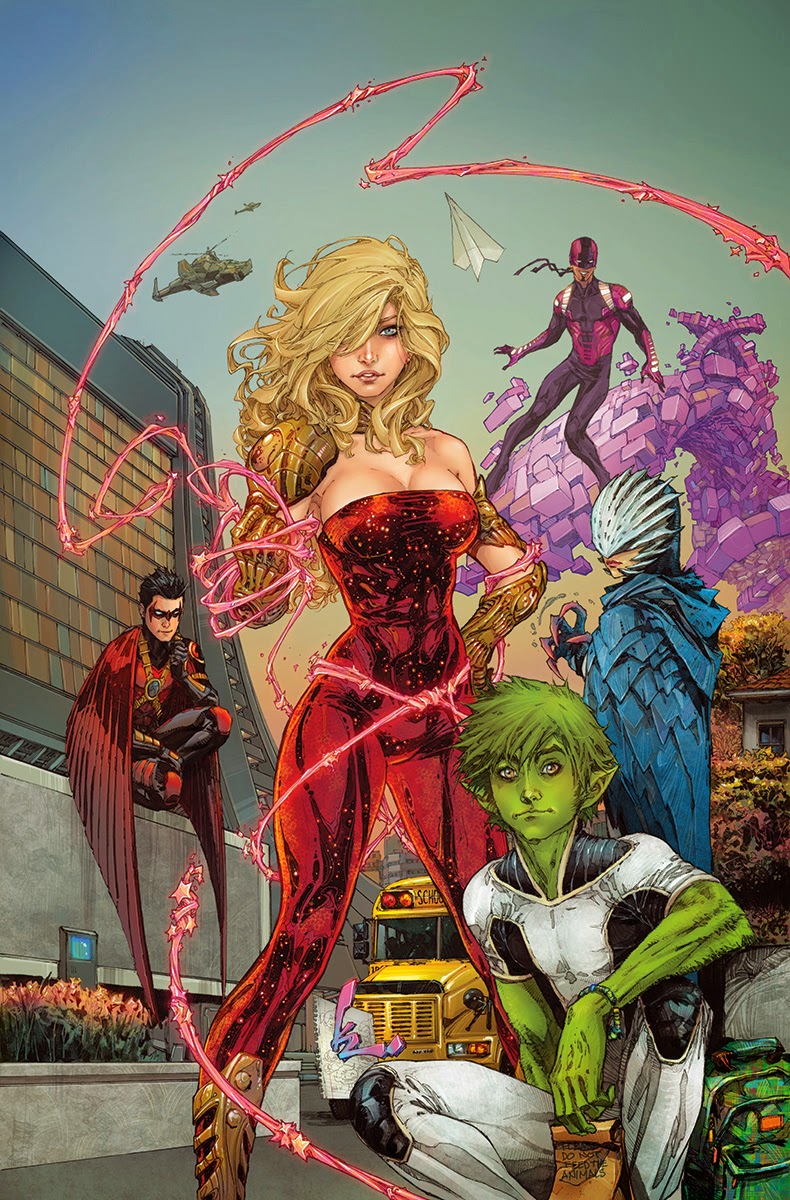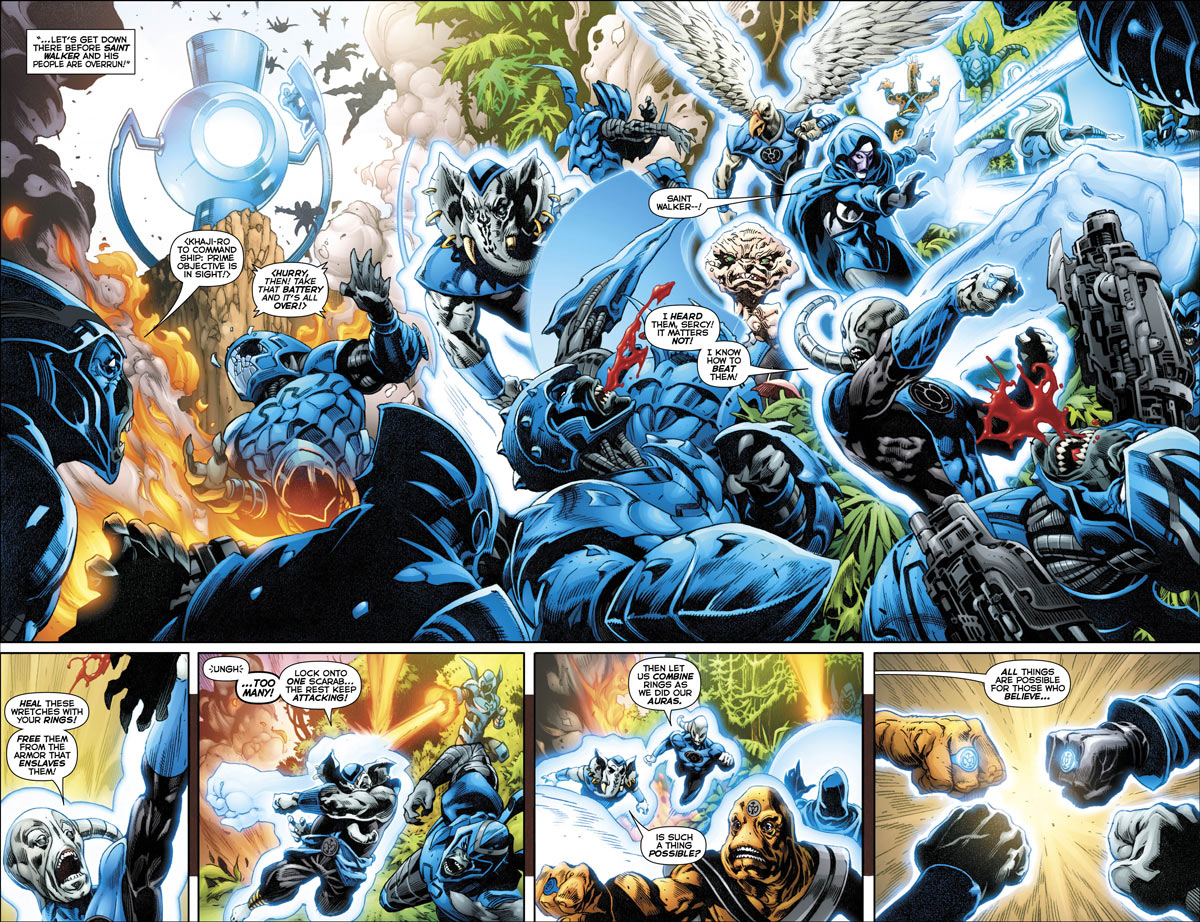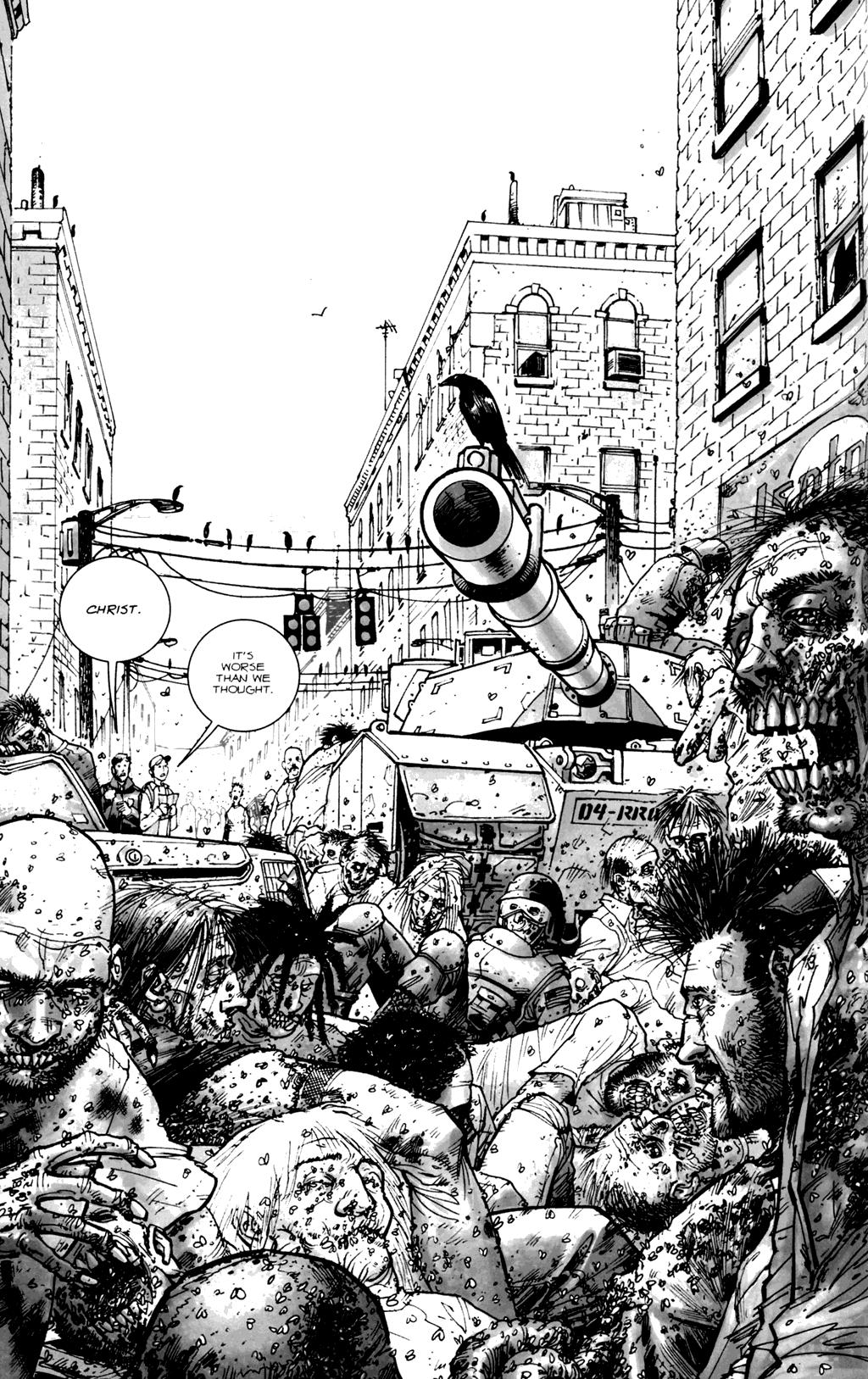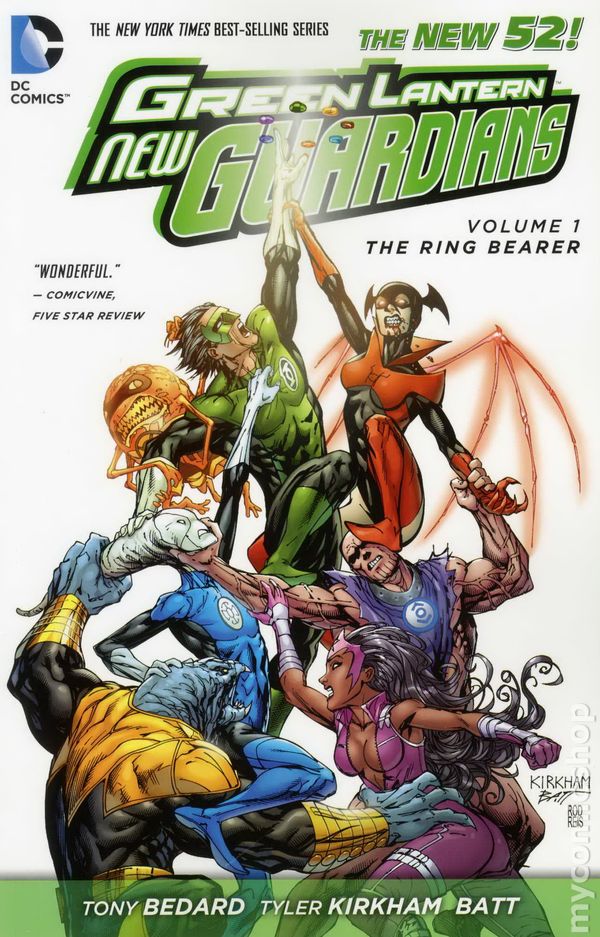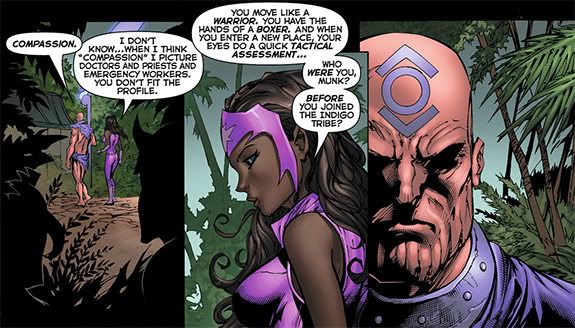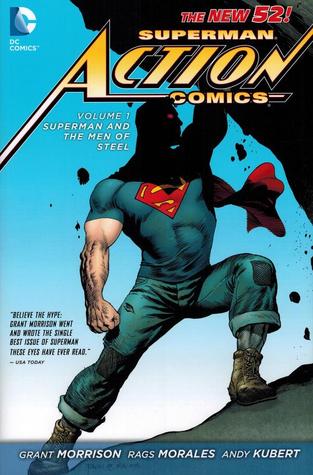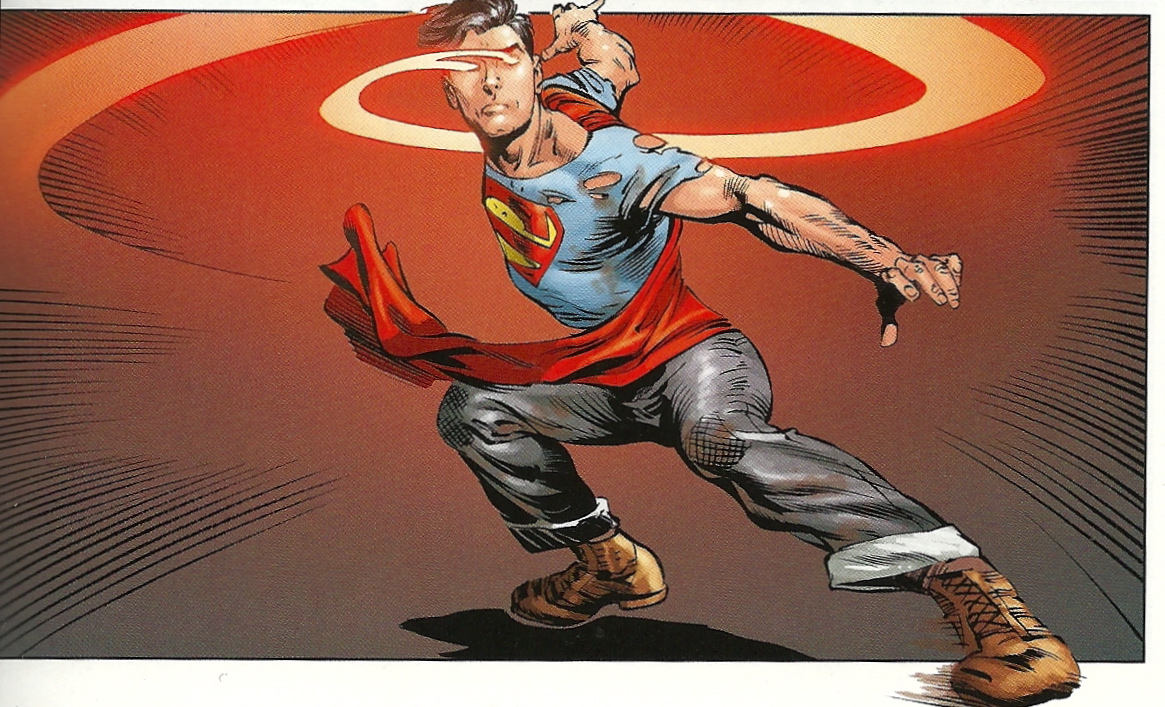Captain America Vol. 1: Castaway in Dimension Z Book 1 (Marvel NOW!)
 |
| "When Captain America gives everbody stinkeye!!!" |
Writer: Rick
Remender
Artist: John
Romita Jr.
Collecting: Captain America #1-5
Background
Information:
In previous iterations of Captain America, the star-spangled avenger faced some pretty
ground-level threats. Recently, though, the Marvel NOW! initiative has taken a
swathe of Marvel heroes and put them in new, status-quo-altering situations.
For Cap, this means his stories are about to get a lot wierder
Review:
Castaway in Dimension
Z has all the elements of a book I thought I would hate; it’s Captain
America, who never really grabs my attention if he isn’t on the Avengers, it’s
a story about alternate dimension, which is usually too weird for me (I even
found DC’s Earth 2 hard to swallow)
and it skips forward in time by a decade at one point.
But when reading this trade, I found the unthinkable
happening: I was enjoying this book. In fact, I was really enjoying this book.

Okay, so in case the title doesn’t give it away, Captain
America is trapped in an alternate dimension, caring for the stolen child of
Arnim Zola, who I can only assume is an evil tellytubby (I’m not sure on the
spelling, and that doesn’t bother me in the least) from mainland Europe. It
sounds simple, but Castaway in Dimension
Z peppers it’s story with a tale
form Steve Rogers’ rather terrible childhood, which adds plenty of extra
complexity and character development.
Even more interesting, though, is seeing ol’ Cap become a
father figure to Zola’s son, Ian. Ian’s a great character, and caring for him
helps Captain America become a far more fleshed out character than he’s ever
been before. As Steve protects Ian from all of the dangers of Dimension Z,
writer Rick Remender somehow turns the WWII hero into an even better soldier,
more hardened than previous versions of the character. It’s great to read and
it actually makes me care about the super-soldier more than I did before. That’s
not saying much, I realise, but I’m actually starting to like the guy now.
The book’s villain may look ridiculous, but both he and his
daughter/sidekick feel very fleshed out in this volume. Zola’s hatred for
Captain America evolves over time. He moves from simply hating the first
avenger for opposing him, to believing that Steve killed his son to believing that
Steve kidnapped his son out of some sick desire to torment him. It’s nice to
see heroes progress and develop, but villain development is infinitely more
satisfying. Zola’s Daughter Jet, also feels oddly fleshed out, considering she
only makes major appearances in the last two issues.
My only problem with this story, is that the support
characters, bar Ian, are bland beyond belief. I felt no remorse when they died,
because the characters didn’t beg sympathy. Thankfully, the cast of supporting
characters is kept to a minimum though, so they don’t exactly get in the way of
things.
 John Romita Jr’s art suits this weird new world like a
glove. Harsh lines and exaggerated shapes abound here along with bold dark
colours to make this whole world look strange and forboding. The book is
littered with strange creatures as well as unfamiliar, alien landscapes. In
short, you know you’re not in 616 anymore (note: 616 is the main Marvel
universe). Usually, that would be a turnoff for me- you can only get so weird- but
here it got me hooked. Each page feels like an act in exploration and it makes
me wonder why I didn’t pick this book up sooner.
John Romita Jr’s art suits this weird new world like a
glove. Harsh lines and exaggerated shapes abound here along with bold dark
colours to make this whole world look strange and forboding. The book is
littered with strange creatures as well as unfamiliar, alien landscapes. In
short, you know you’re not in 616 anymore (note: 616 is the main Marvel
universe). Usually, that would be a turnoff for me- you can only get so weird- but
here it got me hooked. Each page feels like an act in exploration and it makes
me wonder why I didn’t pick this book up sooner.
Castaway in Dimension
Z Book 1 is a beautifully crafted book that takes a 90-year-old character
and somehow keeps him feeling fresh. It gets a four and a half out of five evil
telletubbies (seriously, how do you spell that?).
**** ½
+ Awesome Character development
+ Art presents a gorgeous new world
- Supporting cast is bland
Alternate Option: New Avengers: Everything Dies
Somehow Captain America is in the 616 universe as all of
this unfolds. Heh, beats me.

